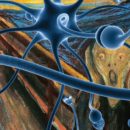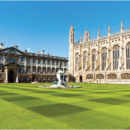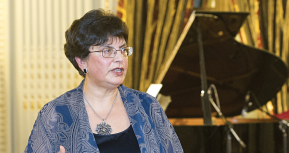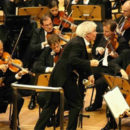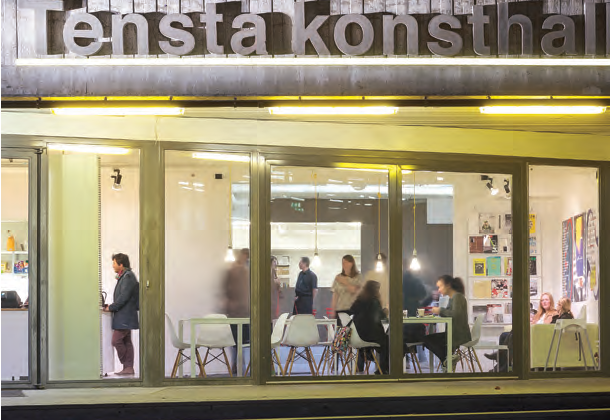
Art in the suburbs
If you take the subway from Stockholm`s downtown – T-Centralen station, in approximately half an hour you get to Tensta, one of the city`s Northern districts. As you get off the subway and go up, you shall no longer see the blue eyed blonde faces, but colored people, most of them from Northern Africa and the Middle East. Of the 20.000 people who live in this suburb, over 80% are immigrants – the Swedish call them “foreign background people”, in order to avoid any sort of labeling.
Quite close to the metro station you will see a building with a few tables and yellow chairs at the entrance, where it is written Tensta Konsthall. This is a center of culture financed with public money which promotes contemporary art within the community. Because, in Stockholm`s suburbs, art, even contemporary art, is used as a tool for the integration of immigrants into society.
At Tensta Konsthall, you will find a lavishing space with a minimalist design and, on the walls, video projections and photos made by Rifat Chadirki, one of the Arab world`s most important architects, born in Iraq. Here, they often organize workshops for the immigrants. In July for example, there were the summer courses of SFI (Swedish for Immigrants) Västerort, a public school from Tesnta that organizes workshops for students that have education deficiencies. They have participated in four workshops that focus on artistic expression through landscape painting. In July and August, every Wednesday afternoon, The Silent University, a foundation for refugees, organizes Swedish language classes for the people who are not included in the educational system because the Swedish state did not grant them the political asylum yet.
Two minutes walk from Tensta Konstall, there is the Livstycket headquarters, an NGO filled with hundreds of cheerful colors and drawings, imprinted on bags, pillows, aprons and notebooks. All these objects are sold and the pattern of the imprints is made by immigrant women who are attending the Livstycket classes. The workshops are free of charge and are being organized only for immigrant women who can join these activities provided they receive social aid from the state.
The NGO aims to integrate these women into society by encouraging them to learn Swedish, but not anyhow, but through the art of design: on one side, the women sit around a table with sewing machines and they learn the textiles technique, and on the other side, a few of them stand and use a pattern to make canvas imprints of all sorts of models – for example rows of small green dresses on a large piece of cloth that is arranged on a long table. The groups are closely watched by the NGO staff – 10 persons, of which 3 of them are artists.
The colors they work with are very cheerful, but the stories of these women are very sad: they are between 30 and 70 years old, they come from conflict areas, marked by traumatic pasts and they were unable to learn Swedish within the state financed program. One of them strongly opposed having her photo taken.
In the South-West of Stockholm, in Skärholmen, designer and architect Samir Ali Fält has created Design Lab Studio, where he teaches interior design classes for the children of the community, aged between 9 and 13 years old. The workshops are free of charge and challenge the children to create art from pieces of damaged furniture, within a bright and cheerful space. You can see here an installation made of long pieces of wood with colored strings dangling from it. On the table near the installation and on the floor there are stains of paint and, on the wall shelves, there are several wooden objects, small boxes and jars, all nicely disposed. Samir, half Moroccan, half Swedish, has grew up in the Skärholmen suburb and is currently providing consultancy for galleries and museum with regards to the design of exhibitions.
Also in the South-West of Stockholm, this time in the Alby neighborhood located in the Botkyrka community, there is an audio-video production center created by the company Zingo Film & TV, where the young immigrants tell their stories through the art of movies. They write the text, they film and edit a story about their own lives, under the guidance of several journalists and media experts. The initiative has appeared following the footage made public by Swedish journalists, who, most of them come from totally different environments than the immigrants come from and have little understanding of the situation of people outside Sweden.
Art in all its forms – design, painting, film, theater – has invaded Sweden`s suburbs. And the stake is not small at all: to prevent these suburbs dominated by immigrants to be transformed into true ghettos.


